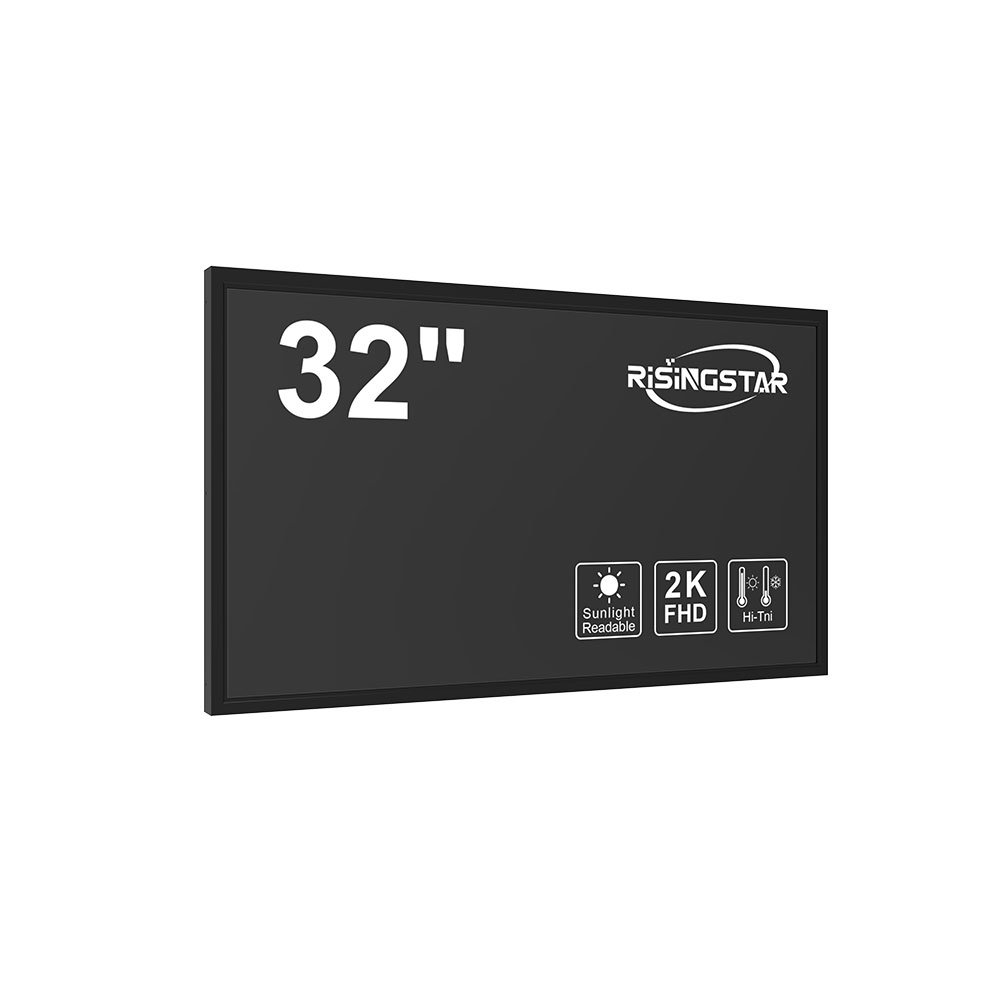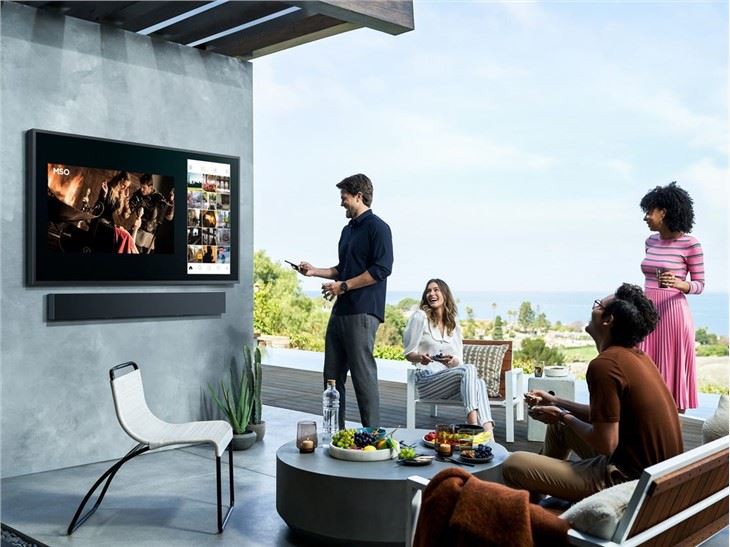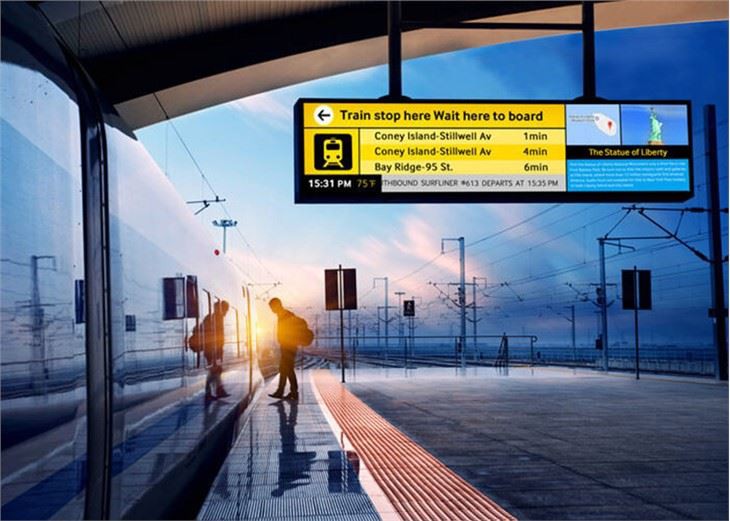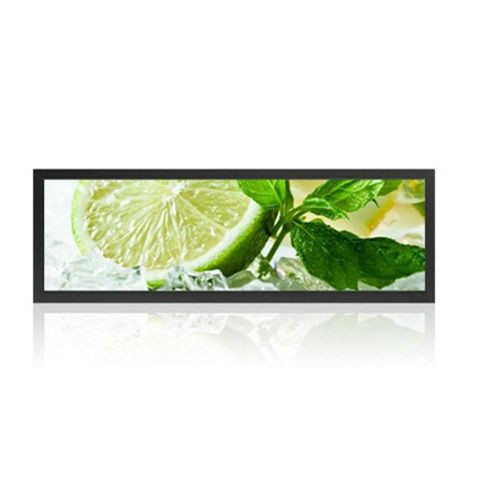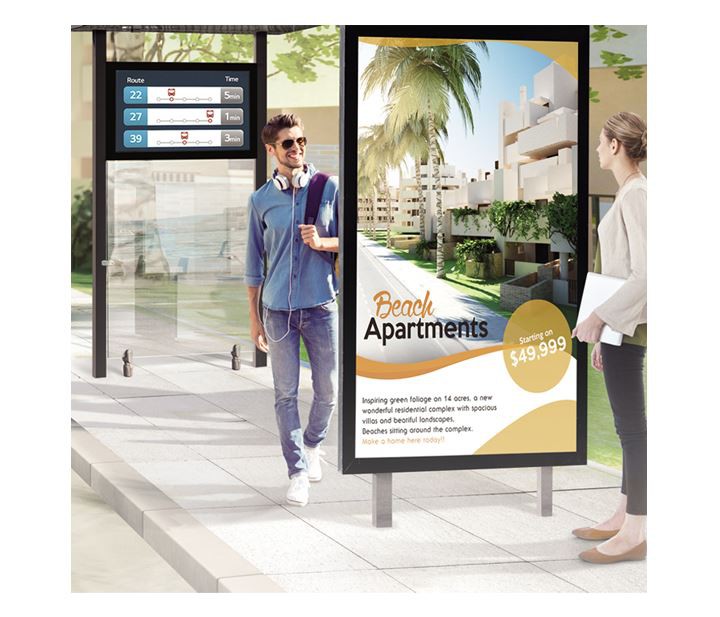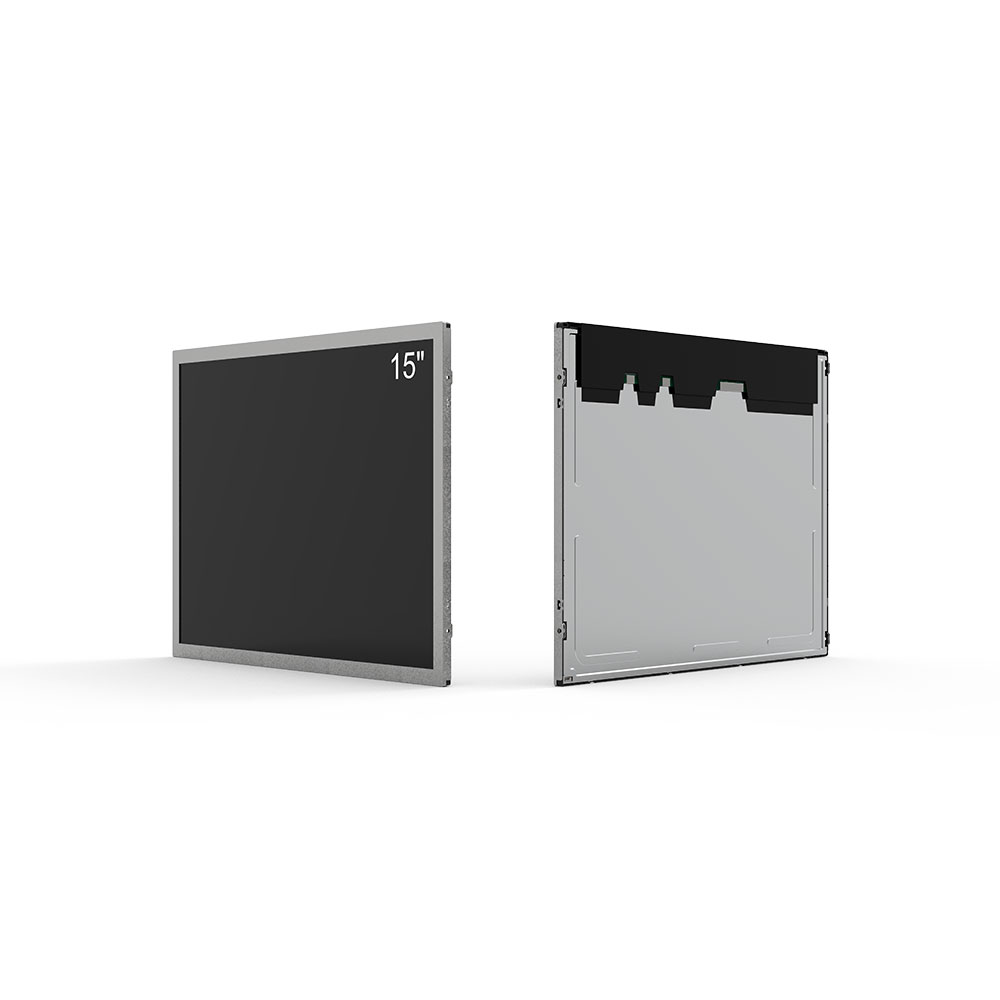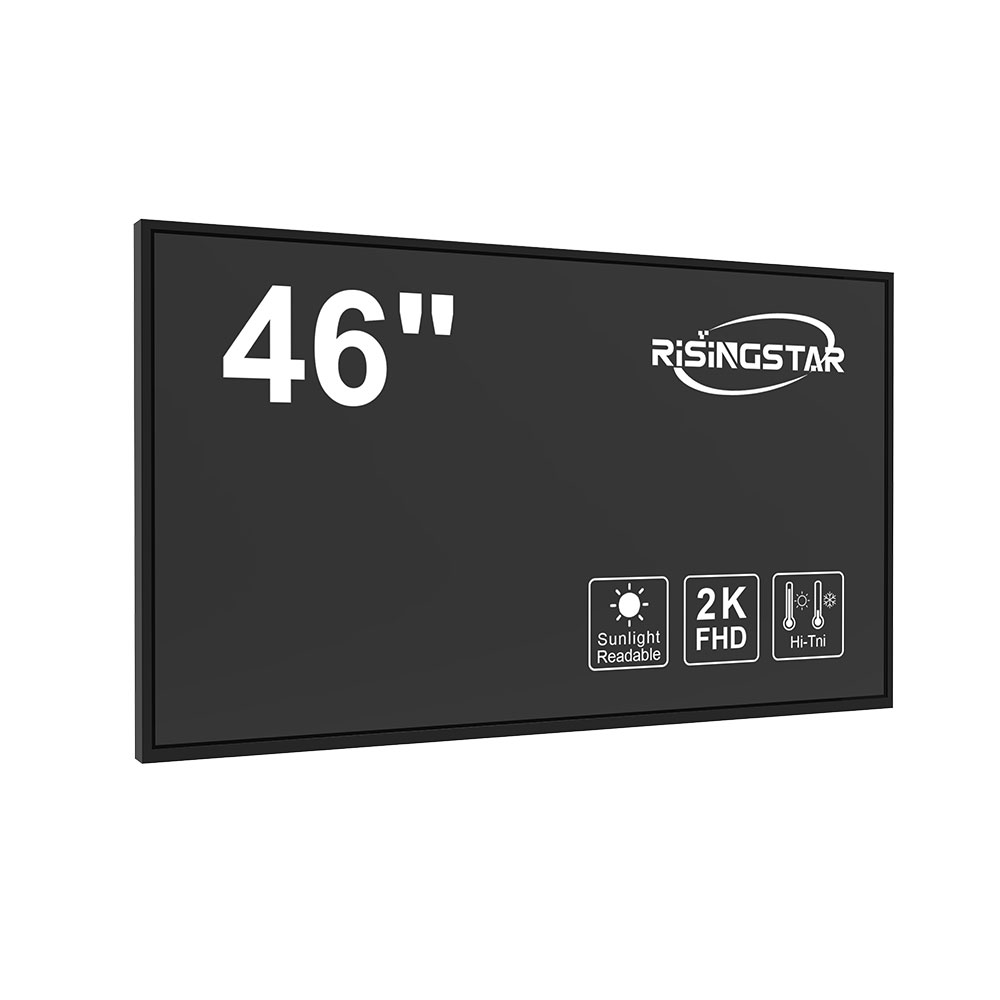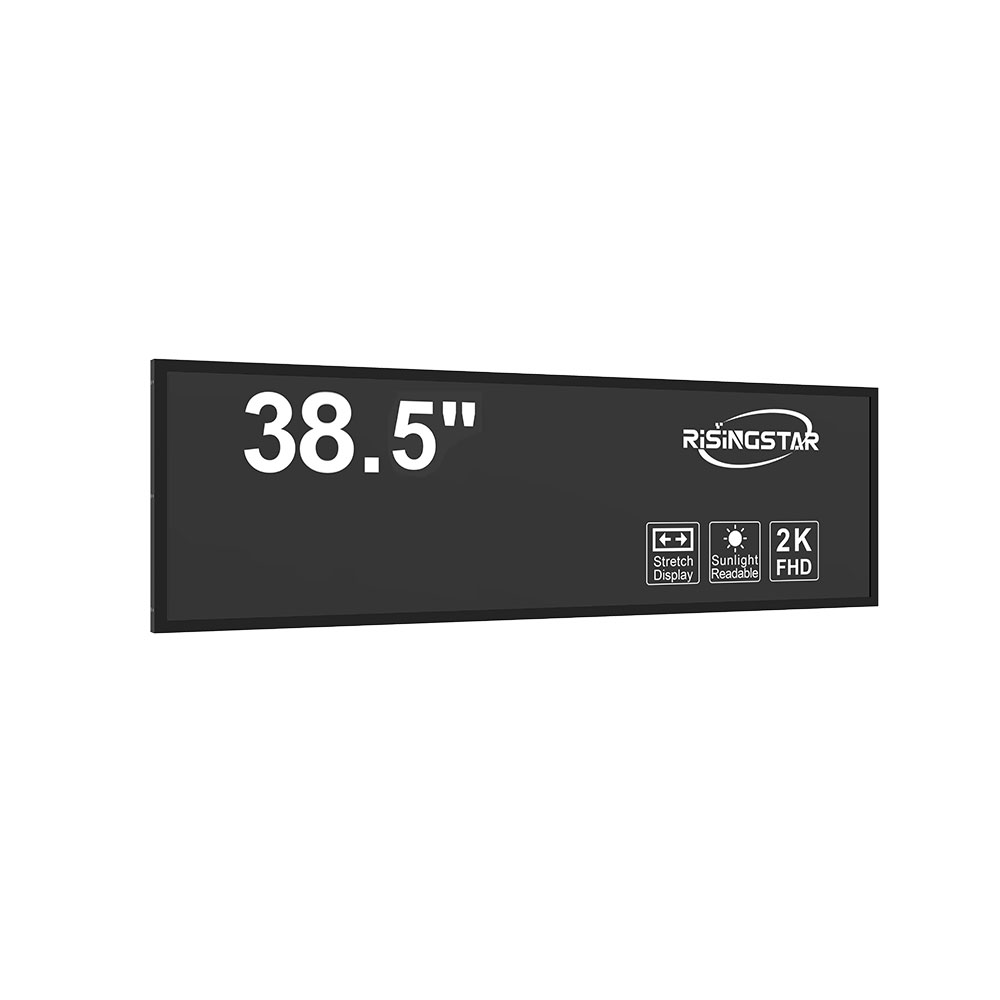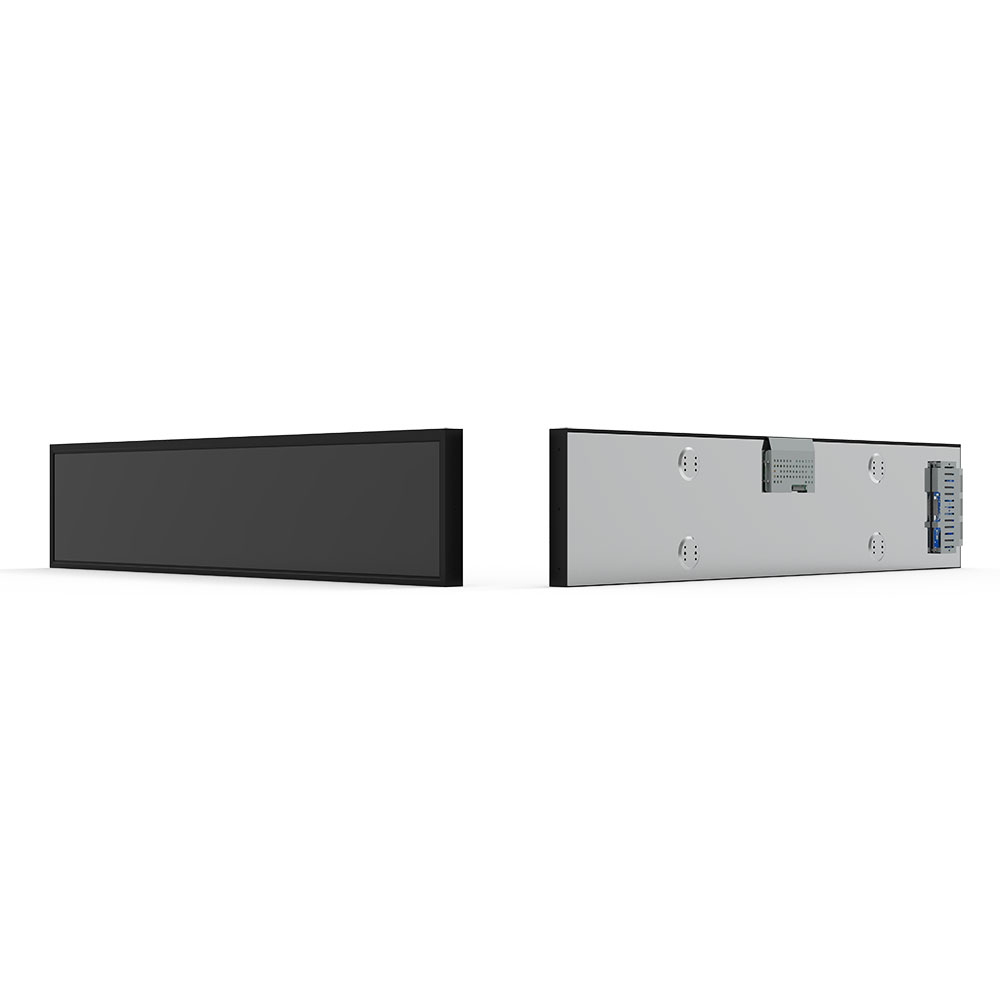High-brightness, sunlight-readable displays are critical components in modern transportation infrastructure and zewnętrzne digital signage systems. Designed to maintain visibility under direct sunlight and harsh environmental conditions, these displays ensure reliable real-time information delivery across various public and commercial applications. According to industry standards such as ISO 16067-2 and EN 50121-4, outdoor displays must achieve minimum brightness levels of 5,000 cd/m² for full sun readability—commonly met by LED-backlit LCD panels with advanced anti-glare coatings and high dynamic range (HDR) capabilities.
In railway stations, buses, subways, and intercity rail systems, passenger information displays (PIDs) serve as essential communication tools. For example, the London Underground’s recent upgrade deployed 3,000+ high-brightness LCDs across 300 stations, reducing passenger confusion during delays by 40% (Transport for London, 2023). These displays provide live train arrivals, service disruptions, platform changes, and safety alerts—all optimized for rapid reading even at oblique angles. The use of industrial-grade IPS (In-Plane Switching) panels ensures wide viewing angles (>178°), while ruggedized enclosures (IP65 rating or higher) protect against dust, moisture, and temperature extremes (-30°C to +60°C).
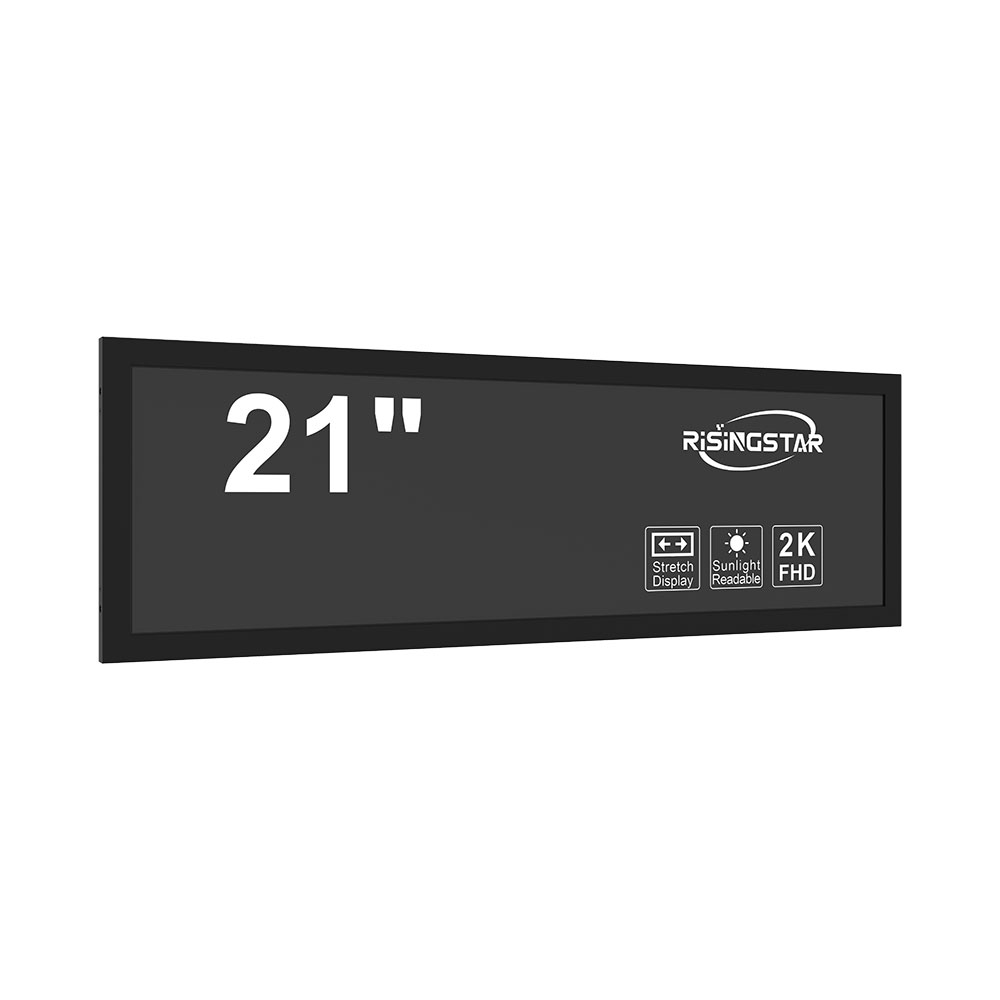
Beyond transit, these displays power EV charging kiosks and gas pumps where user interaction occurs in uncontrolled environments. Tesla’s Supercharger network uses 1,000+ 4K sunlight-readable touchscreens that remain fully functional in desert heat and snow-covered parking lots—a design validated through ASTM D3424 weathering tests. Similarly, retail and real estate digital signage benefit from adaptive brightness control and ambient light sensors, which dynamically adjust luminance based on time of day, ensuring energy efficiency without sacrificing visibility.
For outdoor TV installations—such as stadium scoreboards or urban advertising screens—these displays integrate with cloud-based content management systems (CMS), enabling centralized updates via IP networks. Case studies from Samsung Display and LG Electronics show a 30% increase in ad engagement when using high-brightness (8,000+ cd/m²) OLED panels in Tokyo’s Shibuya district. Such performance is made possible by innovations like local dimming, quantum dot technology, and low-power consumption backlights, aligning with IEEE 1822 energy efficiency standards.
Ultimately, the success of these systems hinges on combining hardware durability, software intelligence, and user-centric design. As cities adopt smart mobility solutions and sustainable energy ecosystems, high-brightness, sunlight-readable displays will remain foundational to transparent, accessible, and efficient public communication.
